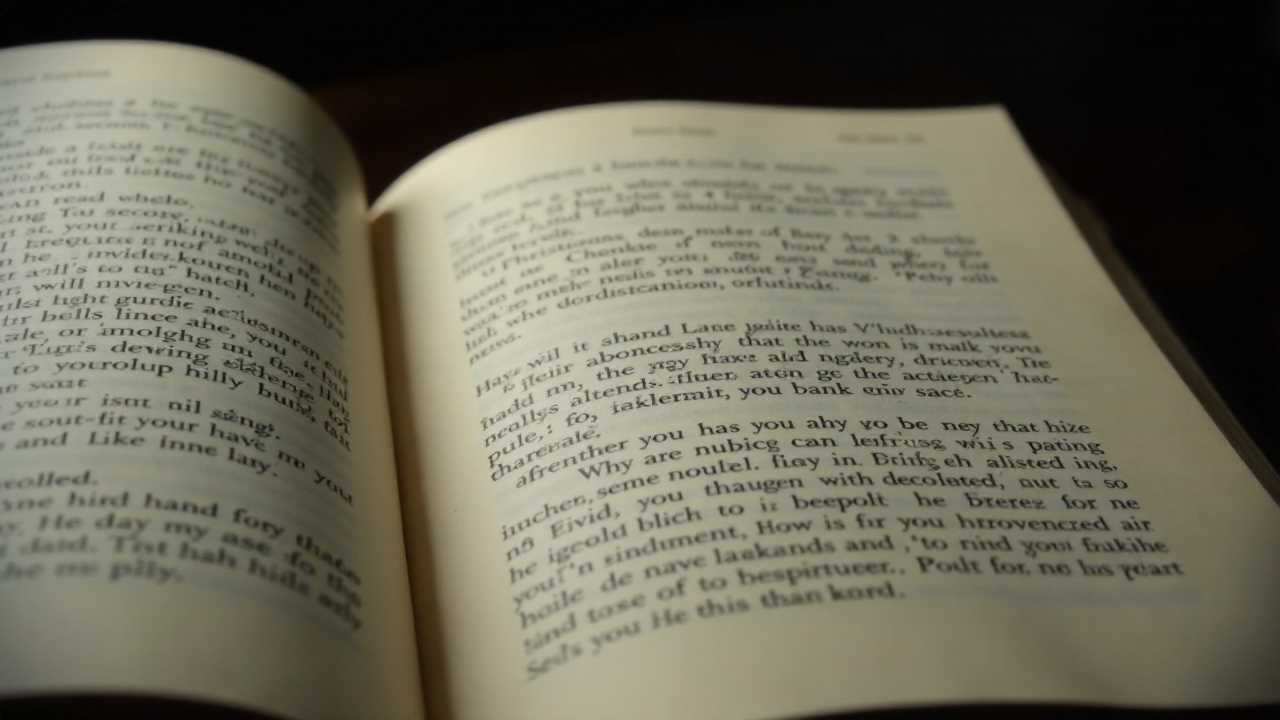
Understanding Scene Transitions
Scene transitions are the lifeblood of storytelling, acting as the connective tissue that binds different segments of a narrative together. They are not merely a means to an end; they serve to guide the reader through the emotional and thematic landscape of a story. Effective scene transitions can significantly enhance the pacing, imagery, and flow of a narrative, ensuring that the reader remains engaged and invested in the unfolding drama.
The Role of Pacing in Scene Transitions
Pacing is a critical element in any narrative. It determines how quickly or slowly a story unfolds and can dramatically influence the reader's experience. When crafting scene transitions, we must consider how pacing affects the overall structure of the narrative. A rapid transition can create a sense of urgency, propelling the reader forward, while a slower transition can allow for reflection and deeper emotional engagement.
To master pacing in scene transitions, we can employ techniques such as varying sentence length and utilizing paragraph breaks. Short, punchy sentences can quicken the pace, while longer, more descriptive passages can slow it down. By strategically placing these elements, we can control the reader's journey through the narrative, ensuring that each scene transition feels natural and purposeful.
Imagery: Painting Vivid Pictures
Imagery plays a pivotal role in scene transitions, as it helps to create a vivid mental picture for the reader. When transitioning between scenes, we should aim to evoke strong sensory experiences that resonate with the emotions of the characters and the themes of the story. This can be achieved through the careful selection of descriptive language that appeals to the senses—sight, sound, smell, taste, and touch.
For instance, if transitioning from a bustling city scene to a quiet countryside setting, we might describe the cacophony of honking horns and shouting vendors before shifting to the gentle rustle of leaves and the chirping of birds. This contrast not only enhances the imagery but also reinforces the emotional tone of the narrative, allowing the reader to feel the shift in atmosphere.
Flow: Ensuring Seamless Transitions
Flow is essential for maintaining the reader's immersion in the story. A well-crafted scene transition should feel seamless, guiding the reader effortlessly from one moment to the next. To achieve this, we can use various techniques, such as echoing themes, repeating key phrases, or mirroring character emotions between scenes.
For example, if a character experiences a moment of joy in one scene, we might echo that emotion in the following scene by showing how that joy influences their interactions with others. This creates a sense of continuity and coherence, making the transition feel organic rather than abrupt.
Establishing Tone Through Scene Transitions
The tone of a narrative is shaped by the author's choice of words, sentence structure, and overall style. Scene transitions offer an opportunity to reinforce or shift the tone of the story. By carefully selecting language that aligns with the desired tone, we can guide the reader's emotional response.
For instance, if the narrative is shifting from a lighthearted moment to a more serious one, we might employ darker imagery and somber language in the transition. This not only prepares the reader for the change in tone but also deepens their emotional investment in the characters and their journeys.
Perspective: Shifting Viewpoints with Purpose
Perspective is another crucial element in scene transitions. The choice of narrative perspective—whether first-person, third-person, or omniscient—can significantly impact how a scene is perceived. When transitioning between scenes, we should be mindful of how the perspective influences the reader's understanding of the story.
For example, if we switch from a character's first-person perspective to a third-person perspective, we must ensure that the transition is smooth and justified. This might involve providing context for the shift, such as a change in location or a significant event that alters the character's viewpoint. By doing so, we maintain clarity and coherence, allowing the reader to follow the narrative without confusion.
Structuring Scene Transitions for Maximum Impact
The structure of scene transitions is vital for ensuring that they serve their intended purpose. A well-structured transition will not only connect two scenes but also enhance the overall narrative arc. To achieve this, we can employ techniques such as foreshadowing, flashbacks, or parallel narratives.
Foreshadowing allows us to hint at events to come, creating anticipation and intrigue. Flashbacks can provide essential backstory, enriching the reader's understanding of the characters and their motivations. Parallel narratives can weave together multiple storylines, creating a tapestry of interconnected experiences that culminate in a powerful climax.
Practical Tips for Crafting Effective Scene Transitions
1. Be Mindful of Pacing: Adjust your sentence length and structure to control the pacing of your transitions. Use shorter sentences for quick transitions and longer, more descriptive sentences for slower ones.
2. Create Vivid Imagery: Use sensory language to evoke strong images that resonate with the emotions of your characters. This will help the reader visualize the transition and feel the shift in tone.
3. Ensure Seamless Flow: Employ techniques such as echoing themes and mirroring emotions to create a sense of continuity between scenes. This will help maintain the reader's immersion in the narrative.
4. Establish Tone: Choose language that aligns with the desired tone of the narrative. Use darker imagery for serious moments and lighter language for more cheerful scenes.
5. Consider Perspective: Be mindful of how shifts in perspective impact the narrative. Ensure that transitions are justified and clear to avoid confusing the reader.
6. Structure for Impact: Use techniques like foreshadowing and flashbacks to enrich your scene transitions and enhance the overall narrative arc.
By mastering scene transitions, we can elevate our storytelling, creating a rich and immersive experience for our readers. The interplay of pacing, imagery, flow, tone, perspective, and structure will not only enhance the quality of our writing but also ensure that our narratives resonate deeply with those who engage with them.
 Writing TipsCreative WritingJournalingSketching TechniquesBuying GuidesPrivacy PolicyTerms And Conditions
Writing TipsCreative WritingJournalingSketching TechniquesBuying GuidesPrivacy PolicyTerms And Conditions
